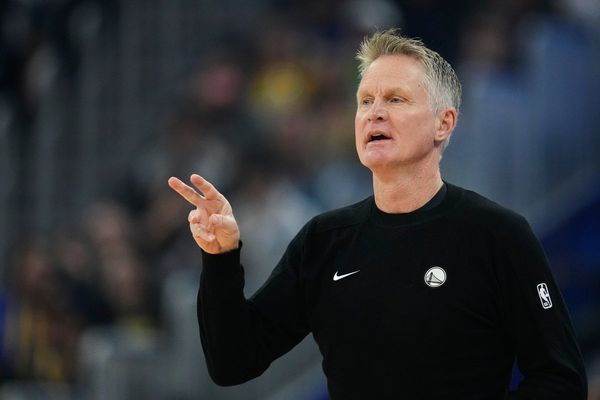
In 2022, at the newly elected Labor government’s jobs and skills summit, economist Danielle Wood put women in the workforce front and centre. “I can’t help but reflect that if untapped women’s workforce participation was a massive ore deposit, we would have governments lining up to give tax concessions to get it out of the ground,” she said.
As the CEO of the Grattan Institute, Wood had long been a powerful advocate for women to create a more productive economy.
“Productivity,” she said, “might be easy to dispel as the niche fetish of econocrats and AFR journalists.”
Yet here we are almost exactly three years later, with productivity front and centre at the government’s economic reform roundtable.
In the room are the women who now lead Australia’s three most powerful economic institutions. Wood herself is now the head of the Productivity Commission, alongside the first ever female Treasury secretary, Jenny Wilkinson, and Michele Bullock as governor of the Reserve Bank.
Sign up: AU Breaking News email
As Assoc Prof Duygu Yengin has written, research shows that this provides an immense opportunity, in that male and female economists often think differently, about “labour markets, taxation, health and the environment, and more broadly on public spending – everything from welfare to the military”.
Labor has done some good work so far on the gender pay gap and participation by boosting wages in low paid feminised industries, but women still had to work 50 extra days on average into this financial year to earn the same as men did last year.
The iron ore deposit has not yet been properly mined.
When Sam Mostyn, who is now the governor general, delivered the Women’s Economic Equality Taskforce (Weet) report as chair in August 2023, it showed that thousands of Australian women who were interviewed across the country want secure work and respect.
If we are to achieve this, and the productivity gains that will result, we must as a nation advance gender equality in the workplace together with women’s safety.
The absence of both is a handbrake on the potential of Australian women and girls, our society and our economy.
In its submission to the roundtable, violence prevention agency Our Watch points out the economic cost of violence against women in Australia which “is estimated at $21.7 billion annually, with at least $4.7 billion as government expenditure, including $1.9 billion in lost productivity”.
Those are the costs of women being killed, beaten, sexually assaulted, families fleeing, crisis housing, legal support, physical and mental health responses and more. All services are chronically underfunded.
Increased investment in primary prevention is far better than any attempted cure, just as the Productivity Commission itself pointed out in relation to healthcare in one of its pre-roundtable papers.
Meanwhile, Australia ranks equal first in the world for women’s education but is much lower down the list for women’s economic opportunity.
Australian women are less likely to work full-time than women in many other OECD countries.
Most casual workers are women.
Women still do most of the unpaid care work, which is essential in keeping the economy functioning.
As the National Foundation for Australian Women notes in its submission, “Australia fails to value unpaid caring work, yet this is an underpinning requirement of reproducing and maintaining the labour force and an important component of economy-wide productivity.”
Women also do most of the low-paid care work. In the early childhood education sector, for example, 92% of workers are women.
There has been little to no productivity growth in the care sector for two decades. Yet the care economy is the single largest employer in Australia and our fastest growing industry as measured by job growth, by a long way.
We must further address the gender super gap and continue working on the stubborn gender pay gap.
Female workforce participation is rising but we still get paid less, we still work fewer paid hours, we still work more unpaid hours, we still save less super, and when we hit 55, we’re at the highest risk of homelessness of any demographic.
Wood, Wilkinson, Bullock and Mostyn can help drive the response to this, but they remain outliers.
Women are still significantly under-represented in leadership positions in the Australian workforce.
WGEA data shows female CEOs are paid an average of $158,632 less than male peers. Women make up just 22% of CEOs, 37% of key management roles, and 42% of managers. Just 34% of board members are women – and one in four boards have no women at all.
Empowering women is good economic policy and is more than “nice to have”, as one male finance journalist once described to me in the halls of parliament.
This watershed economic debate should be about enabling the wellbeing and prosperity of everyone in the nation.
That would be a productive outcome.
Zoe Daniel is a three-time ABC foreign correspondent and former independent member for Goldstein







